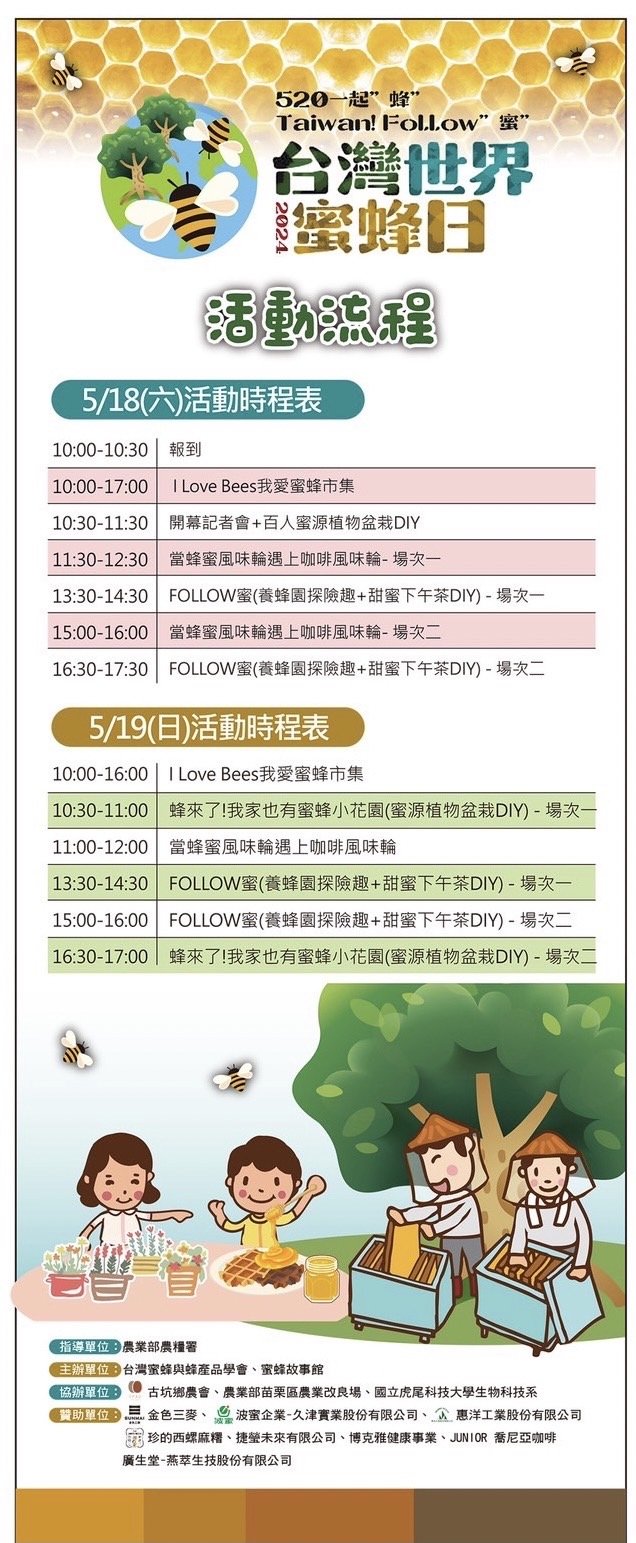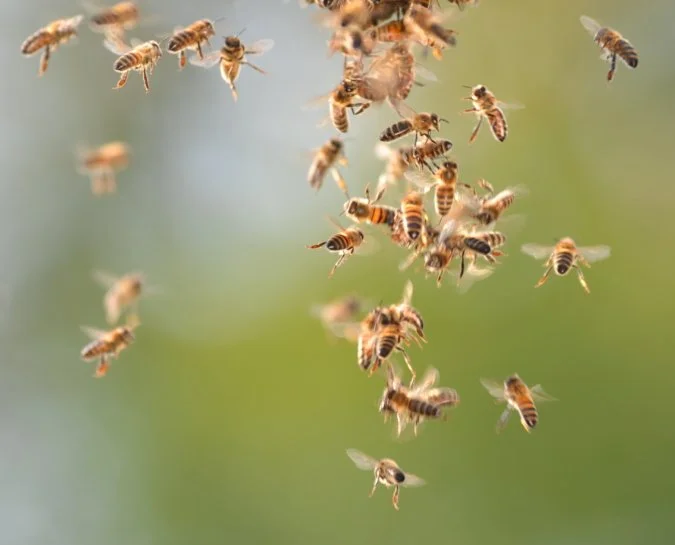Chinkangsadarn S, Mendez CN, Clerger F, Kafle L. 2024. An assessment of the effectiveness of the Thymol-based acaricide (Apiguard) gel against the Varroa mites on European honeybees in Pingtung, Taiwan. J Entomol Res 48(4): 436-442.
Figueira JA, Porto-Figueira P, Pereira JMP, Câmara JS. 2020. Tangerines Cultivated on Madeira Island—A High Throughput Natural Source of Bioactive Compounds. Foods. 9,1470: 1-14.
Floris I, Satta A, Cabras P, Garau VL, Angioni A. 2004. Comparison between two thymol formulations in the control of Varroa destructor: effectiveness, persistence, and residues. J Econ Entomol 97(2): 187–191.
Guyot C, Bouseta A, Scheirman V, Collin S. 1998. Floral Origin Markers of Chestnut and Lime Tree Honeys. J. Agric. Food Chem. 46: 625-633
Paillard M, Mielgo P, Giovenazzo P. 2020. Final report: Apiguard efficacy for controlling Varroa destructor in honey bee (Apis mellifera) colonies in Canada. Centre de recherche en sciences animales de Deschambault, Québec, Canada.
Wilmart O, Legrève A, Scippo ML, Reybroeck W, Urbain B, de Graaf DC, Steurbaut W, Delahaut P, Gustin P, Nguyen BK, Saegerman C. 2016. Residues in beeswax: a health risk for the consumer of honey and beeswax? J. Agric. Food Chem.: 1-50.
U.S. Environmental Protection Agency (EPA). 1993. Reregistration Eligibility Decision (RED): Thymol. U.S. Environmental Protection Agency, Office of Pesticide Programs, Washington, D.C. EPA 738-F-93-027.
















